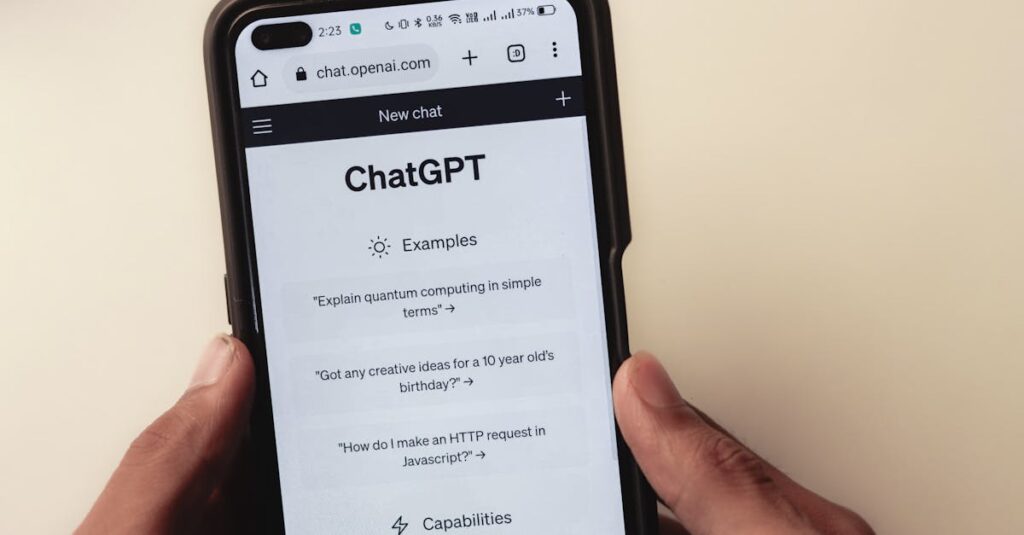The Dawn of AI Education
Imagine your child, notebook in hand, being taught by a robot. Sounds like sci-fi, right? Well, it’s becoming our reality. AI in classrooms isn’t about robots taking over; it’s about personalized learning paths. Picture this: every child learns at their own pace, guided by AI that understands their strengths and weaknesses. This isn’t a distant future scenario; it’s happening now.
Battling the Bots: Common Emotional Hurdles
Adapting to AI doesn’t come without its challenges. Parents and kids alike might wrestle with the ‘digital divide’ – a term I’m sure you’ve nodded to in conversation. It’s that moment when technology seems more of a barrier than a bridge. Frustrations arise, tears may follow, but remember, every tech genius started by googling ‘How to turn it on’.
Practical Magic: AI Tools for Learning
So, how do we make AI less ‘Artificial’ and more ‘Intelligent’ for our kids? It’s simpler than you think. There are tools and apps designed with young learners in mind. Imagine a digital assistant that helps with math homework or a program that gamifies history lessons. These tools don’t just make learning fun; they personalize education, making every lesson hit home.
The Human Touch in AI Learning
Yet, amidst the digital dazzle, the value of human interaction remains irreplaceable. Teachers aren’t disappearing; their roles are evolving. They’re becoming facilitators, guiding students through AI-powered lessons while adding a human touch that no algorithm can replicate. Personal stories, emotional support, and real-life interaction play a huge role in learning.
This image depicts a teacher imparting knowledge, emphasizing the importance of human presence in the learning process even in the age of artificial intelligence.
From Homework to Smartwork
Homework time is evolving from groans to grins. AI can transform tedious assignments into exciting challenges. Picture a platform where kids design cities to understand geometry or write code to solve environmental issues. This isn’t merely homework; it’s preparing them for the future, in a language they’re excited to speak: technology.
Creating a Balanced AI Diet for Young Minds
Moderation is key. Just like a balanced diet includes fruits, vegetables, and the occasional pizza, a ‘tech diet’ needs variety. It’s crucial to balance screen time with real-world experiences. Encourage outdoor play, hands-on projects, and face-to-face social interactions. Technology, including AI, should enhance learning, not confine it.

